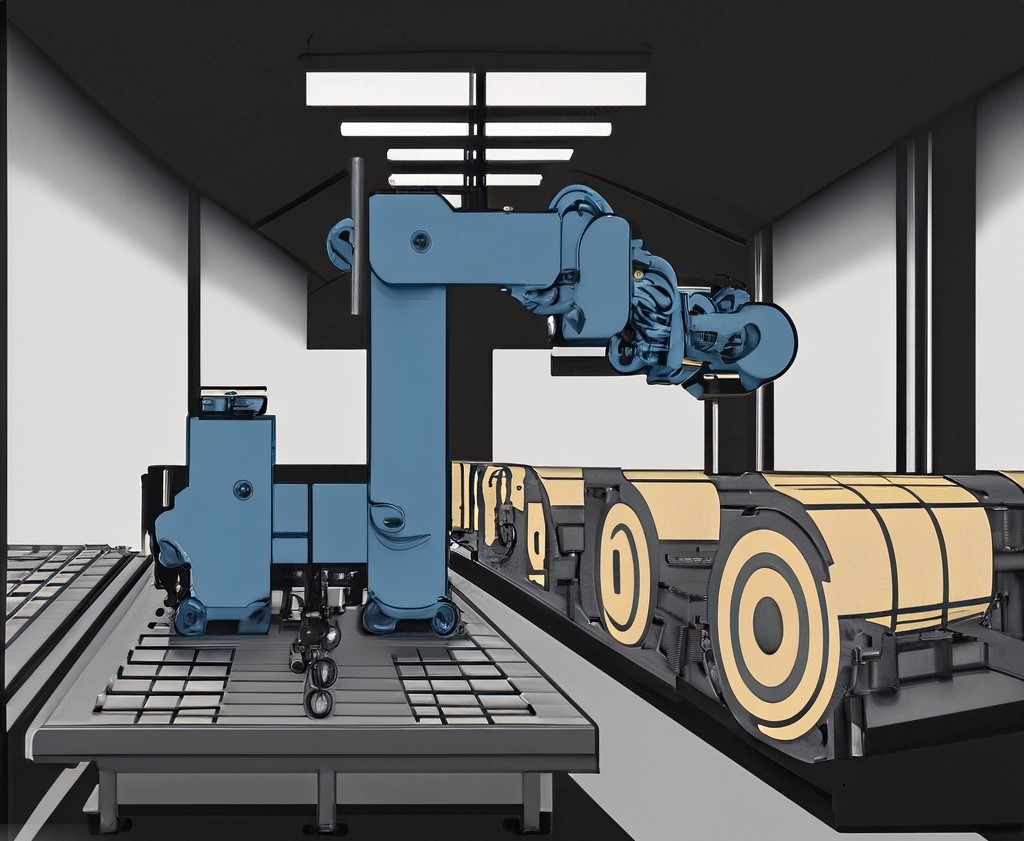Introduction:
In today’s rapidly evolving manufacturing industry, optimizing efficiency and productivity is paramount. Material handling plays a crucial role in ensuring smooth operations, timely production, and overall success. One technology that has revolutionized material handling processes is the implementation of linear actuators. These versatile devices offer precise and reliable movement control, making them indispensable in a wide range of manufacturing applications. In this blog, we will explore the benefits and applications of linear actuators for material handling in the manufacturing industry.



- Enhanced Precision and Control:
Linear actuators provide manufacturers with unparalleled precision and control in material handling operations. By converting rotary motion into linear motion, these devices offer smooth and accurate movement along a straight line. This level of precision ensures that materials are handled with utmost care, reducing the risk of damage and minimizing costly errors. Manufacturers can rely on linear actuators to position, align, and manipulate various components, ensuring consistent quality and optimized production.
- Flexibility in Design:
One of the significant advantages of linear actuators is their ability to adapt to various material handling requirements. With a wide range of sizes, forces, and stroke lengths available, manufacturers can choose the ideal actuator that suits their specific needs. Whether it’s lifting heavy loads, pushing, pulling, or rotating objects, linear actuators can be customized to fit seamlessly into existing manufacturing systems. Their modular design allows for easy integration, ensuring a flexible and scalable material handling solution.
- Improved Safety:
Linear actuators contribute to a safer working environment by reducing the need for manual labor and minimizing the risk of workplace injuries. By automating material handling processes, these actuators eliminate repetitive and physically demanding tasks that can lead to strains, sprains, or accidents. Workers can focus on more complex and value-added activities, while the linear actuators handle the heavy lifting and precise positioning, promoting overall workplace safety.
- Increased Efficiency and Productivity:
Efficiency and productivity are critical factors in the success of any manufacturing operation. Linear actuators help streamline material handling processes, resulting in improved efficiency and increased output. With their fast and accurate motion control capabilities, these devices enable rapid and precise positioning of materials, reducing cycle times and eliminating bottlenecks. By automating repetitive tasks, linear actuators optimize workflow, allowing manufacturers to maximize their production capacity and meet demanding deadlines.
- Diverse Applications:
Linear actuators find applications in various material handling scenarios within the manufacturing industry. From conveyor systems and robotic arms to lifting platforms and assembly lines, these versatile devices can be employed in multiple areas. They enable seamless material transfer, sorting, stacking, and precise part manipulation. Linear actuators also find applications in loading and unloading operations, palletizing, packaging, and warehousing processes. The adaptability of linear actuators makes them an indispensable tool across different manufacturing sectors.
Conclusion:
Linear actuators have emerged as a game-changing technology in the material handling realm of the manufacturing industry. Their precise control, flexibility, safety features, and efficiency enhancements make them invaluable for optimizing production processes. By implementing linear actuators, manufacturers can achieve greater precision, reduce errors, improve workplace safety, and increase overall productivity. As the manufacturing industry continues to evolve, embracing such innovative technologies will undoubtedly pave the way for a more efficient and competitive future.

